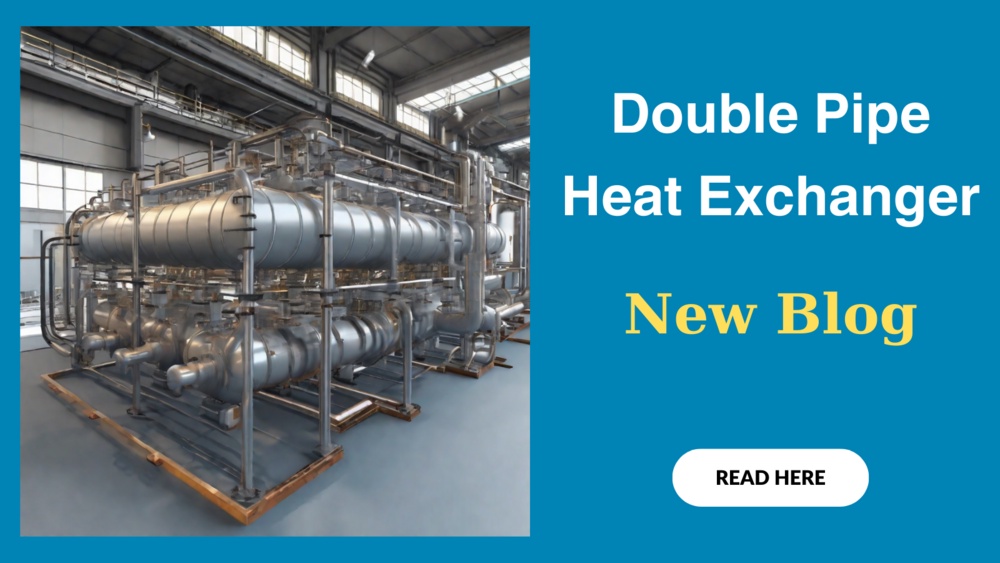Introduction
The realm of heat exchangers, particularly the Double Pipe Heat Exchanger, has evolved significantly over the years, becoming an integral component in various industries. This article delves into the best practices and standards for installing and operating Double Pipe Heat Exchangers, with a focus on the offerings of Precision Equipments, a renowned Double Pipe Heat Exchanger Manufacturer catering to a global clientele including the US, Canada, UAE, and South Korea.
Understanding the Double Pipe Heat Exchanger
Double Pipe Heat Exchangers, also known as Jacket Pipe Heat Exchangers, are the simplest yet highly efficient type of heat exchangers used in process plants. These exchangers are ideal for lower heat duties and can handle a wide range of pressures and temperatures. They operate by allowing one fluid to flow inside the inner tube while another fluid flows in the annulus between the inner and outer tube, facilitating maximum heat transfer. The counter-flow configuration is predominantly employed due to its efficiency in heat exchange.
Design and Constructional Features
Precision Equipments ensures that the thermal design and rating of their Double Pipe Heat Exchangers align with the licensed HTRI-USA methods. The mechanical designs comply with international and national codes and standards, such as ASME Section VIII Div 1&2, as well as specific project specifications. The construction involves two straight pipes, one inside the other, with a small annular space in between. These units can be joined with U-bends to form compact serpentine coils, accommodating the required heat duty. The materials used include Carbon Steels, Low Alloy Steels, and High Alloy Stainless Steels, chosen based on the fluid conditions handled in the exchangers. Although standard units are available, Precision Equipments specializes in manufacturing custom-built units as per client requirements.
Installation Best Practices
Site Preparation: Ensure the installation site is clean, level, and capable of supporting the weight of the exchanger.
Alignment and Positioning: Proper alignment is crucial to prevent stress on the piping and the exchanger.
Accessibility for Maintenance: Install the exchanger in a location that allows easy access for future maintenance and inspection.
Operational Standards
Monitoring and Control: Regular monitoring of temperature, pressure, and flow rate is essential for optimal performance.
Preventive Maintenance: Regular inspections and maintenance prevent unexpected downtimes and prolong the life of the exchanger.
Safety Compliance: Adherence to safety protocols and standards is paramount during operation and maintenance.
Custom Solutions by Precision Equipments
Precision Equipments stands out in its ability to provide custom-built Double Pipe Heat Exchangers. Each unit is tailored to meet the specific requirements of the process and the environmental conditions it will operate in. This customization ensures maximum efficiency and longevity of the equipment.
Environmental Considerations and Sustainability
In the current era of environmental consciousness, Precision Equipments is committed to sustainable practices. The choice of materials and design considerations take into account environmental impact and energy efficiency.
Conclusion
The installation and operation of Double Pipe Heat Exchangers require meticulous attention to detail, adherence to international standards, and a commitment to quality. Precision Equipments, as a leading Double Pipe Heat Exchanger Manufacturer, exemplifies these qualities, offering solutions that are not only efficient but also tailored to the unique needs of their global clientele. With a focus on innovation, sustainability, and customer satisfaction, they continue to set the benchmark in the heat exchanger industry.


No comments yet